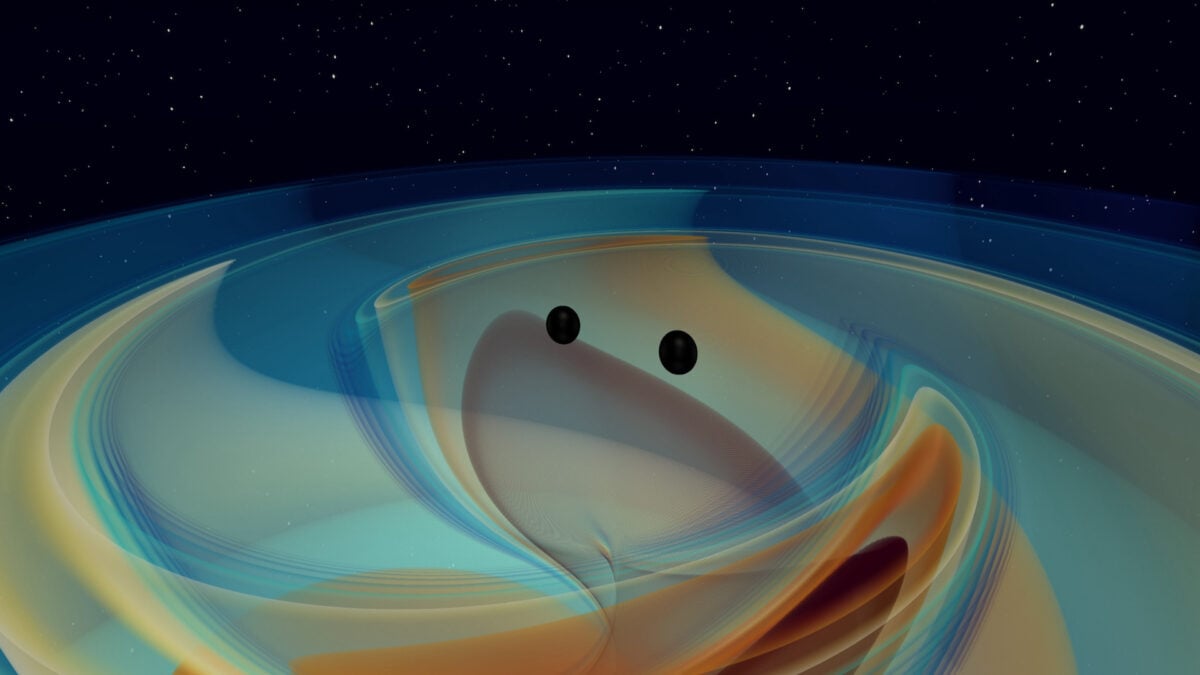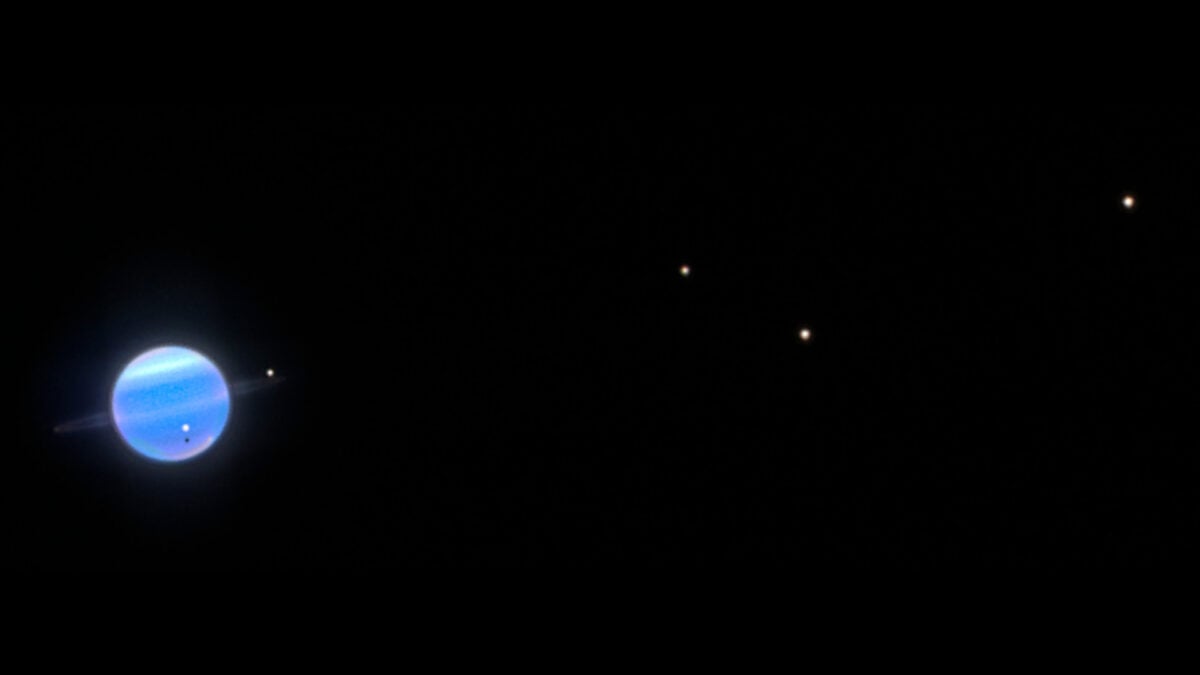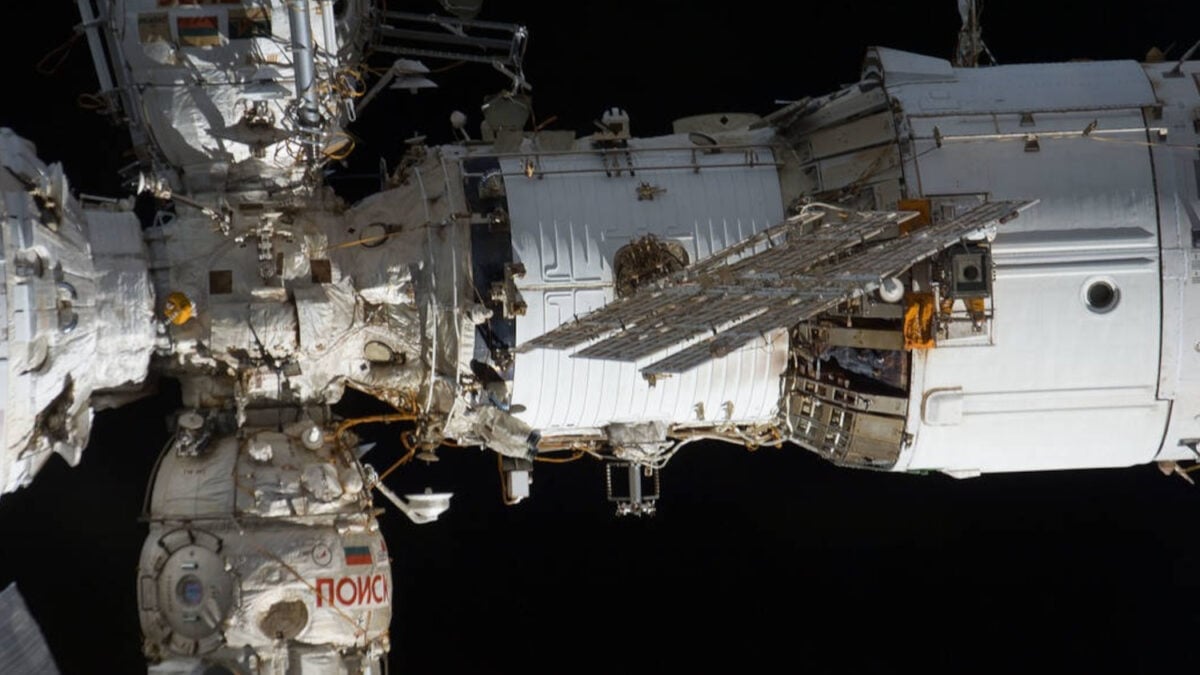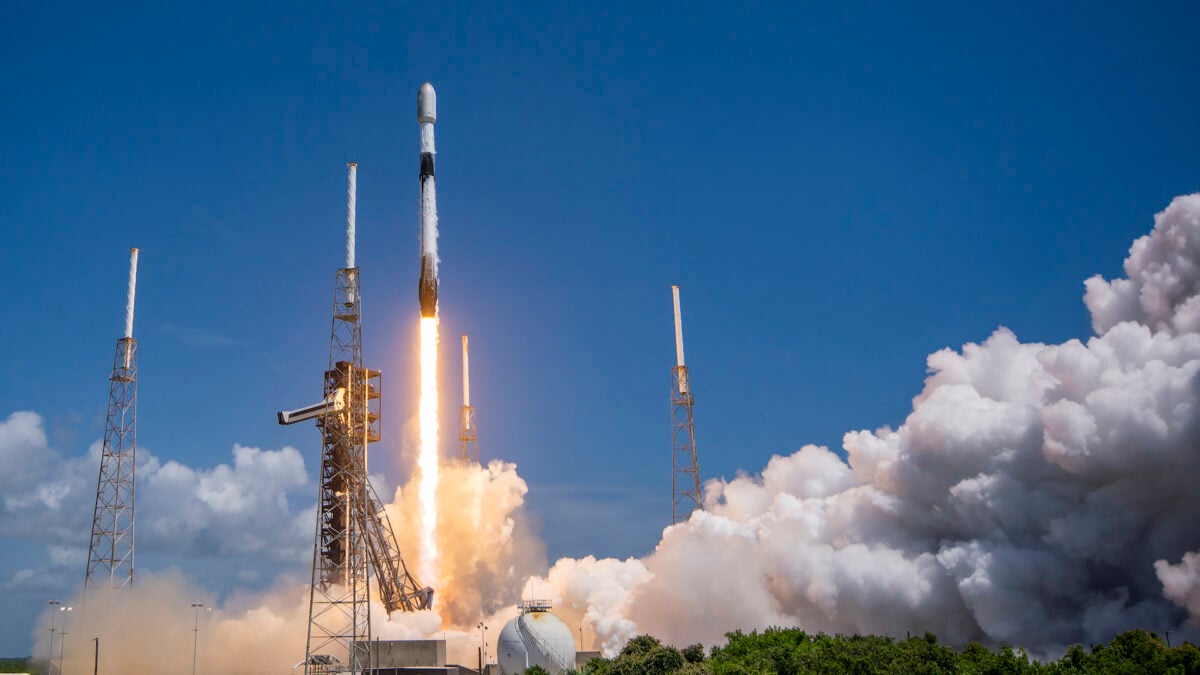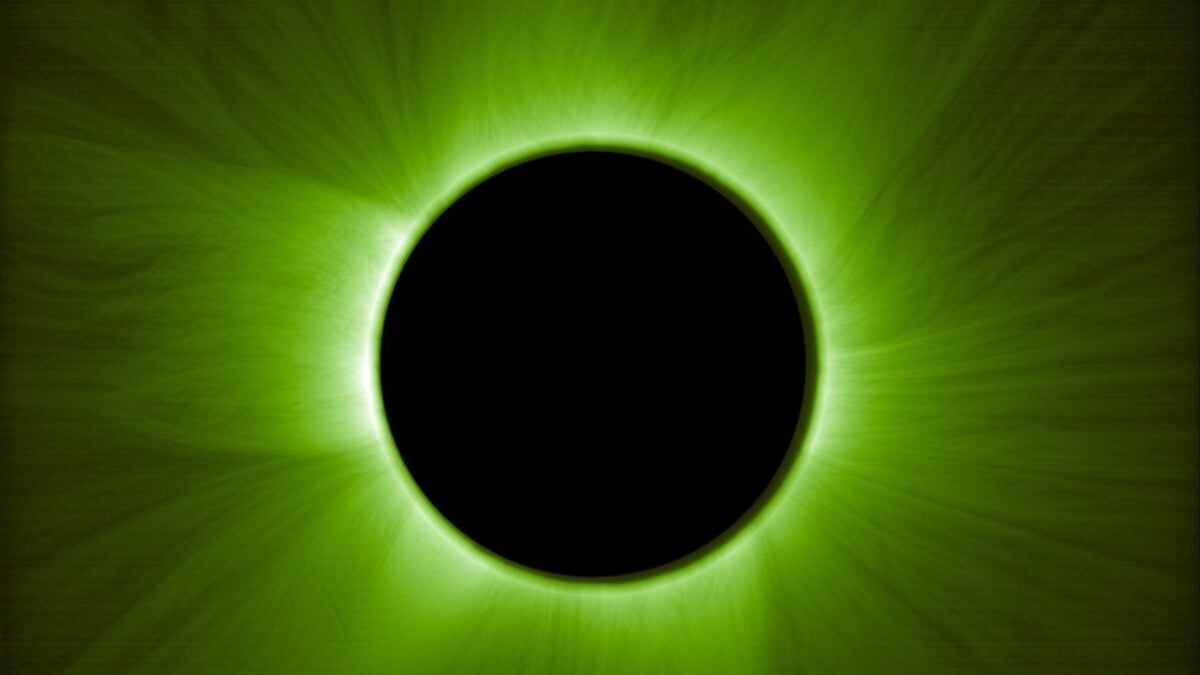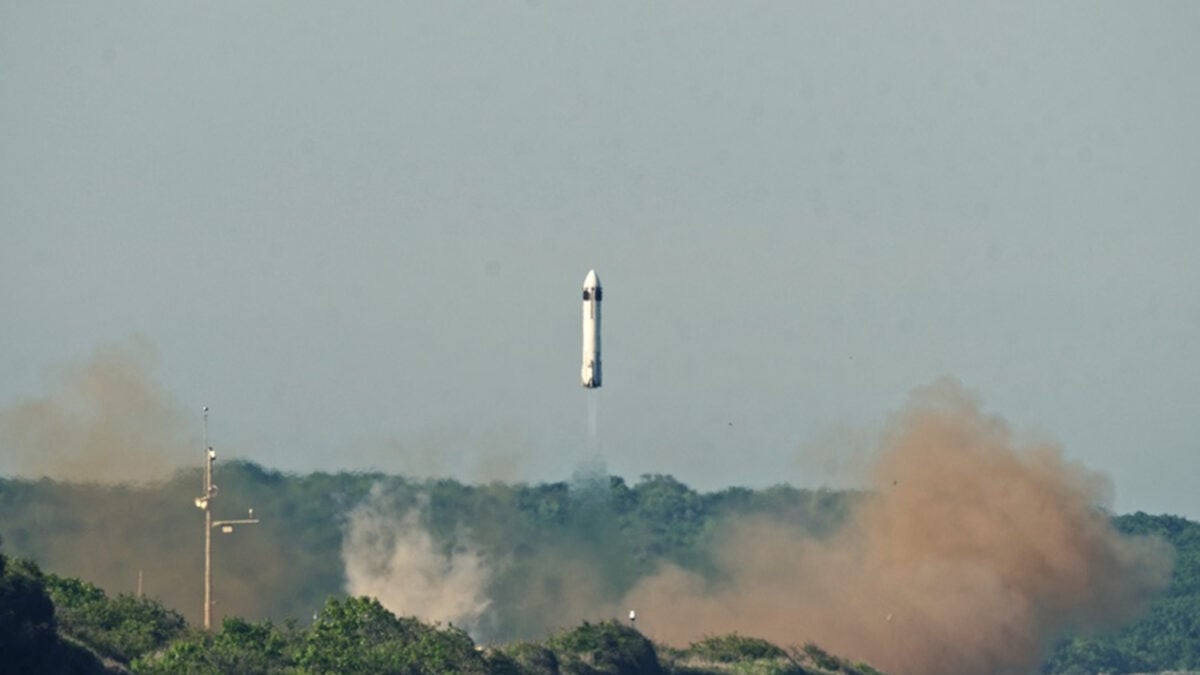Nearly a decade ago, the scientific world was electrified by the first direct detection of gravitational waves—ripples in spacetime originating from the cataclysmic collision of two black holes 1.3 billion years in the past. This monumental observation heralded a new era in astronomy, granting us access to a previously invisible facet of the cosmos. However, this profound capability to decipher the universe’s most formative events faces an existential threat from proposed drastic budget cuts targeting a key observatory, potentially dimming our new window on the cosmos before its full potential is realized.
The Scope of Proposed LIGO Funding Reductions
In late May, the U.S. administration unveiled a budget proposal for 2026 that includes severe funding reductions for vital scientific institutions like NASA and the National Science Foundation. Among several deeply damaging proposals for ongoing science programs, the budget outlines a devastating 39.6% cut to the Laser Interferometer Gravitational-Wave Observatory (LIGO). This would slash LIGO’s funding from $48 million to $29 million, critically forcing the shutdown of one of its two essential interferometers.
The twin LIGO interferometers are strategically located 1,865 miles (3,002 kilometers) apart, with one facility in Hanford, Washington State, and the other in Livingston, Louisiana. These large-scale research installations function in concert as a singular observatory, meticulously designed to detect gravitational waves—disturbances in spacetime that propagate at the speed of light.
Understanding LIGO: A Unique Observatory for Spacetime Ripples
Unlike conventional telescopes that observe light, LIGO operates “blind,” detecting gravitational waves by measuring infinitesimally small distortions in the fabric of spacetime itself. Its sophisticated laser interferometers achieve this by splitting a single laser beam into two, sending each beam down a pair of long, perpendicular, vacuum-sealed arms. These beams reflect back and forth between ultra-precisely aligned mirrors at the ends of each arm. [internal_links]
Each laser beam meticulously monitors the distance between these mirrors. When a gravitational wave passes, it subtly stretches space in one direction while compressing it in the perpendicular direction, causing minute changes in the arm lengths. LIGO’s lasers are sensitive enough to discern movements between the mirrors with an astounding accuracy of 1/10,000th the width of a proton.
LIGO’s Legacy and the Dawn of Gravitational Wave Astronomy
Constructed by researchers from Caltech and MIT, with crucial funding and oversight from the National Science Foundation, LIGO became operational in 1999. After years of dedicated searching, scientists made the historic first detection of gravitational waves on September 14, 2015. This groundbreaking event provided an entirely novel method for observing the universe, enabling scientists to trace these waves back to their violent cosmic origins, such as the merger of black holes, the collision of neutron stars, and certain types of supernovae. Some gravitational waves might even be relics from the very early universe, mere moments after the Big Bang.
The profound significance of this discovery was recognized in 2017 when three key figures behind LIGO—physicists Rainer Weiss, Barry Barish, and Kip Thorne—were awarded the Nobel Prize in Physics. Their work confirmed a prediction made by Albert Einstein in 1916, nearly a century earlier. The initial discovery’s validity was bolstered by its simultaneous observation at both LIGO detector sites. Since then, the twin LIGO interferometers, often working in conjunction with the Virgo observatory in Italy, have successfully detected hundreds more gravitational wave signals. [internal_links]
Why Two Interferometers Are Crucial for Reliable Detection
When translated into an audio signal, gravitational waves often produce a characteristic high-pitched “chirp,” starting at a low frequency and rapidly rising. The detection and confirmation of these incredibly faint cosmic signals rely on the synchronized operation of at least two, and sometimes three, interferometers. This redundancy is critical for distinguishing genuine astrophysical events from local terrestrial noise.
If one of LIGO’s twin interferometers is shut down, as the proposed budget mandates, the observatory’s ability to confidently identify gravitational wave sources would be severely compromised. According to a report by Science, researchers would face significant challenges in differentiating a distant black hole collision from a nearby seismic tremor or other local disturbances.
Conclusion: Protecting a New Frontier in Cosmic Exploration
The field of gravitational wave astronomy, powered by the innovative twin LIGO detectors, is still in its nascent stages, promising countless more discoveries about the universe’s workings. The proposed deactivation of one of these vital laser interferometers would significantly impair our newfound ability to listen to the subtle ripples of spacetime that echo throughout the cosmos. Such a cutback not only jeopardizes ongoing research but also risks stifling a revolutionary way of understanding the universe, urging a reconsideration of funding priorities to safeguard this critical scientific endeavor.
References
- Science. “Trump’s proposed cut to giant physics experiment could snuff out new form of astronomy.” https://www.science.org/content/article/trump-s-proposed-cut-giant-physics-experiment-could-snuff-out-new-form-astronomy



